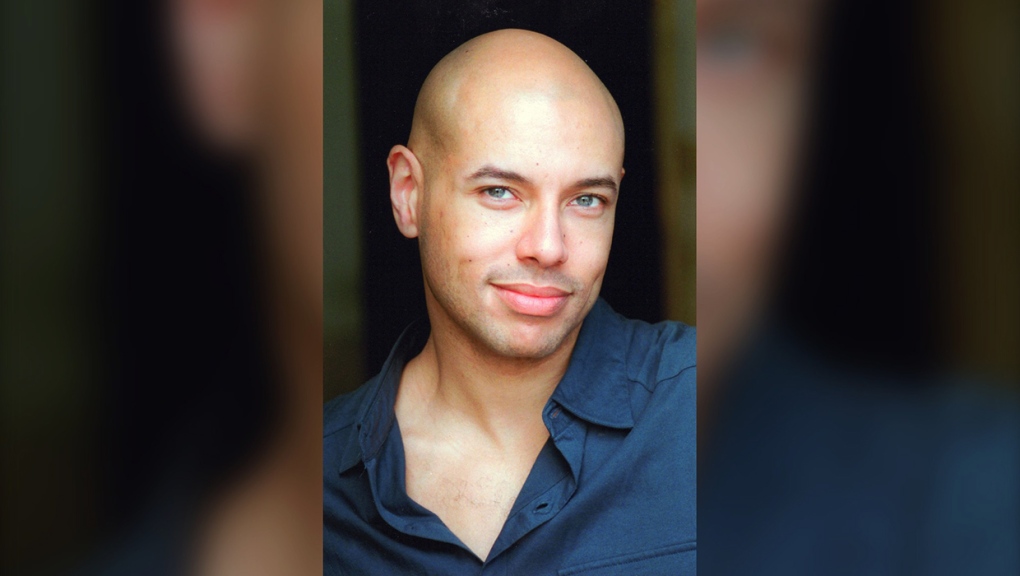Probably it’s a little more complicated than that, there’s a compelling case to be made that Dec. 4, 1956 in Memphis, Tennessee, was a day unlike any other that set the table for the earthquake that was to come in music over the next few years.
That’s the backstory of Million Dollar Quarteta small musical that opened last Friday at Theater Calgary.
Million Dollar Quartet tells the story of the day Elvis Presley, Johnny Cash, Jerry Lee Lewis and Carl Perkins made a record together at Sam Phillips’ Sun Studios in Memphis.
It was early in the days of all the singers, all of whom were barely 20. Sun Studios, run by Phillips was a former auto shop transformed into a recording studio that Phillips used to record Black artists like Howlin’ Wolf and BB King, says Million Dollar Quartet Director Thom Allison.
“They were all on the cusp of greatness”,” Allison said. “Part of the allure of Million Dollar Quartet is seeing these young Turks at the turning point of their careers.”
It was 1956 in the American Deep South, and Sam Phillips didn’t just welcome Black artists into his studio: he celebrated their music and tried as hard as he could to market its blend of blues, country and church music.
“That music for him was everything,” Allison says. “He wanted to bring Black music to the world – there was an audience for it but it was small. He would record these artists all night long.”
Despite his best efforts, however, Phillips struggled to break Black artists out into the marketplace, often losing the best ones to better-financed record labels.
“I’ve talked to them (Black artists),” Allison said. “Gave them a drink if they wanted one. He Relaxed them. He found that revelatory version (of their songs). But he could n’t sell them!
“Then Elvis walked in one day,” he says, “and he said, who are you?”

Million Dollar Quartet is about the meeting of four poor southern, church going white musicians and a rich library of iconic American songs largely composed by Black artists.
“Seventeen of the 25 songs in the show are by Black artists,” said Allison. “We pay homage to the Black songwriters who were every bit as amazing (as Elvis, et.al) but didn’t get the space in the culture at that time.”
The show, which made it to Broadway in 2010, is more than a concert, too – it’s a drama about the birth of a new art form that had no name yet and the central role in it played by Sam Phillips and Sun Studios that made Memphis, for a brief moment anyway, the epicenter of a new, raw, sexualized and dangerous musical universe.
For Allison, who has performed in many Calgary musicals over the years, directing one is putting new theatrical muscles to use – and that’s OK.
During previews, he took his seat in the audience and got an education in how an audience experiences theater.
“It’s a fascinating thing,” he said. “You spend all this time planning it, seeing it in your head, trying to anticipate where the laughs might come and then when they’re onstage performing, all you can do is sit and take notes. It is like being a hockey coach! It’s a tight rope walk.You keep asking yourself, are they (the audience) going for the ride?
“Both nights (of previews), the audience has really been on the ride,” he said. “They’re really digging the (show’s) drama, which is the best thing for me.”